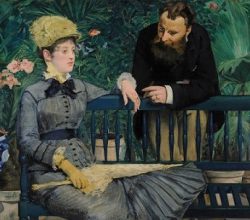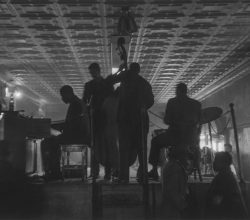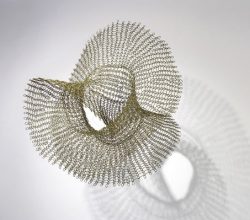
Richard Serra Is Carrying the Weight of the World
Deborah Soloman | The New York Times | 29th August 2019
A critic has suggested that Serra’s minimalist sculptures work primarily via anxiety – the worry of being crushed. If it’s not his “lighter” plate steel works causing the anxiety, it’s his immense forged steel blocks. Serra himself doesn’t seem to connect with this reaction – “deal with the work in and of itself and its inherent properties”, he suggests. True to his word, he notes “this is my heaviest show ever”.



